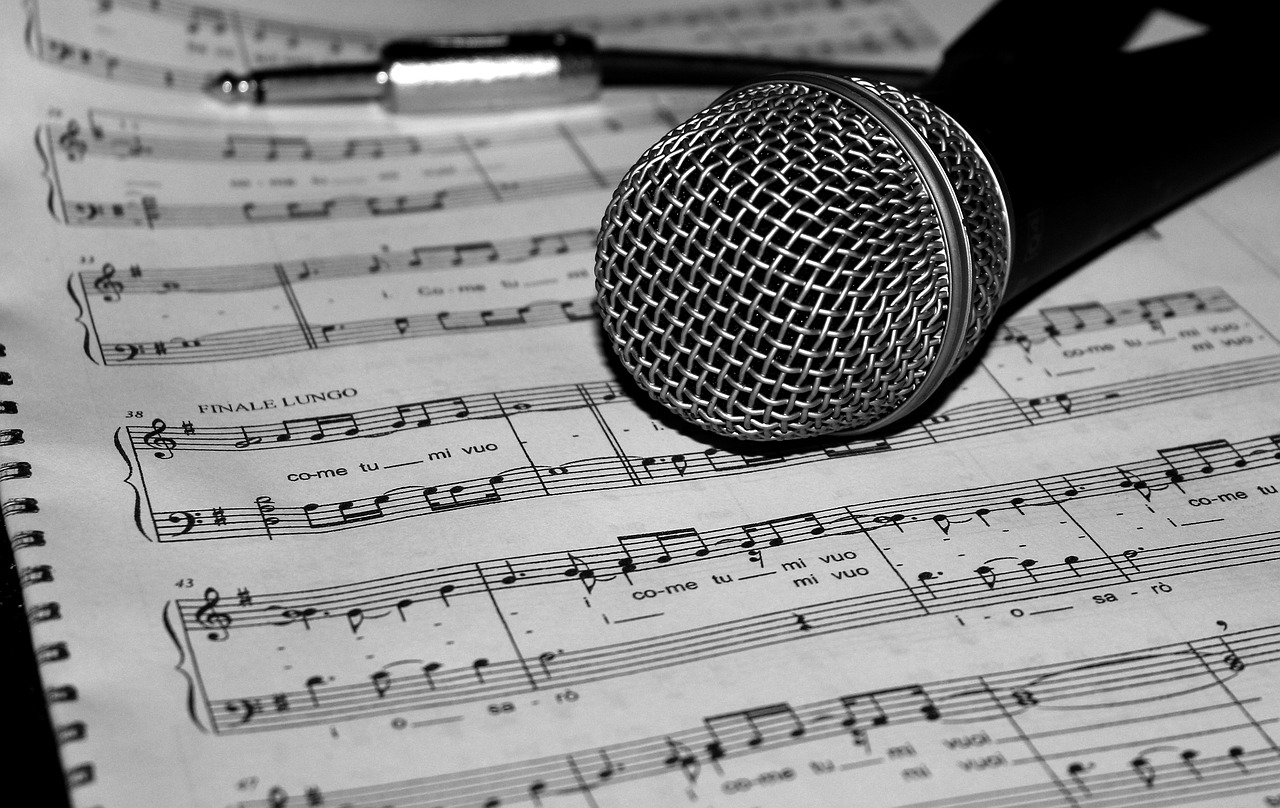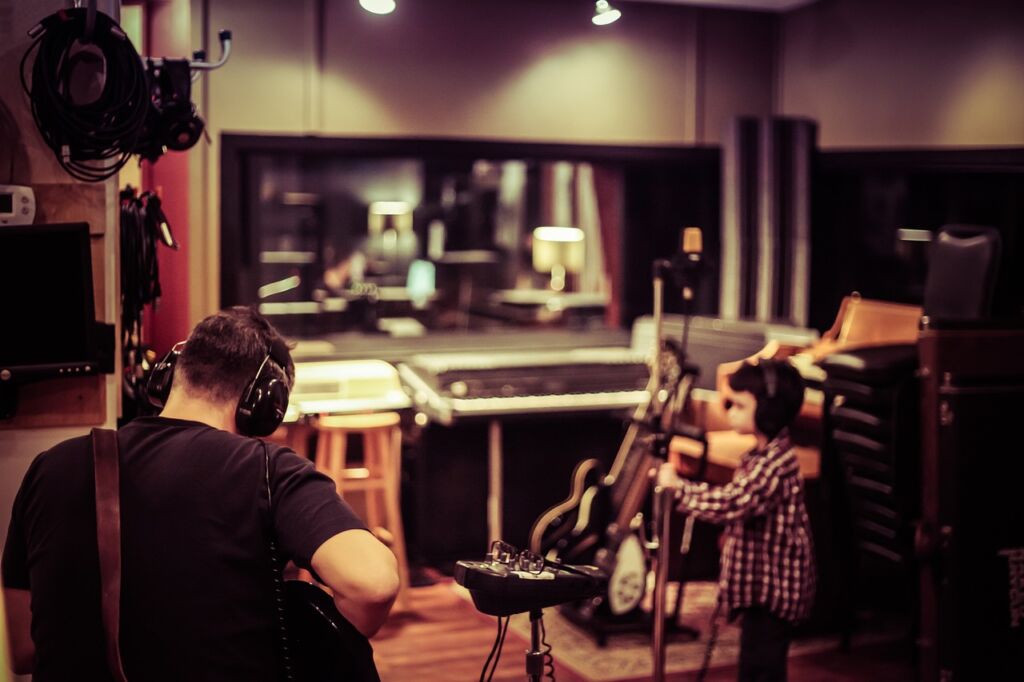Copyright and music: when does plagiarism occur?

The Copyright Law (L. n. 633 of 20.04.1941) expressly provides, in art. 2, n. 2, for the protection of musical works and compositions, with or without words, as well as dramatic-musical works and musical variations that constitute, in themselves, an original work.
Therefore, the copyright on a musical work will be protected by law only if it presents the characteristics of originality; with the consequence that, if the work does not present this requirement, the author of a piece or composition that is “confusable” with the first (in terms of timbre, harmony or simply text) cannot be accused of plagiarism/ counterfeiting.
The requirement of originality
For this reason, over the years, jurisprudence has better specified the characteristics of originality and the additional prerequisites that a musical work must possess in order to be worthy of protection, as well as the cases in which plagiarism/counterfeiting by another work can be configured.
In particular, in order to verify whether a work can constitute plagiarism of another, the judge must verify whether the latter is original in terms of both expressive completeness and novelty (see Cass. civ. sez. I, sentence no. 24594/2005)
Once the existence of these requirements has been ascertained, the judge will have to evaluate whether the first work can be a mere counterfeiting/plagiarism of the one being compared, or a creative elaboration of the same.
Creative elaboration or counterfeiting
In fact, the Court of Cassation has clarified that, while counterfeiting consists in the “substantial reproduction of the original work, with differences of mere detail that are the result not of a creative contribution, but of the masking of the counterfeiting”, creative elaboration “is characterized by an elaboration of the original work with a recognizable creative contribution”.
Therefore, the judge will not have to ascertain the possible confusion between two works, but rather whether the work created subsequently represents the illicit reproduction of the original one, although it may be disguised so as not to make the latter immediately recognizable (see, Cass. civ. sez. I, sentence no. 9854/2012).
Illicit reproduction
But what is the difference between the legal or illicit reproduction of another work?
The Supreme Court, in a subsequent ruling, also clarified this aspect, specifying that “the reproduction of a fragment of a song in another does not in itself constitute an act of plagiarism, it being necessary to ascertain whether the fragment, inserted in the new text, retains an identity of poetic-literary meaning or whether, on the contrary, it clearly and distinctly highlights a semantic gap and a different artistic meaning compared to the one it had in the previous work” (Cass. civ. sez. I, sentence n. 3340/2015).

The Barilla commercial
Let’s take an example.
Two years ago, the Court of Rome ruled on an alleged accusation of plagiarism brought against Barilla and Human Touch Music s.r.l., since the former, in the advertising campaign “Un Mondo Buono”, allegedly used a piece of music called “GranLand”, created by the latter, in which a correspondence of melody and a precise equality in the first four bars emerged (with the 4/4 score) compared to a piece called “Gull”, deposited at Siae since 2009.
The Court, thanks to the results of the expert assessment carried out during the proceedings on both contrasting pieces, initially declared that the work being compared (Gull) did not possess the requirements of originality, creativity, novelty and completeness, while the fragment of the work “GranLand” possessed its own autonomous relevance and a different artistic value compared to the fragment of the piece Gull.
Furthermore, from the comparison of the fragments of the two pieces, it was ascertained that there was no substantial identity between the first four bars of both, but only a momentary auditory analogy, due to the ascending melodic motion of the first two bars and the presence of jumps in the following two bars. Indeed, already when listening to it, a different rhythmic scansion of the two pieces would have emerged, which was clear from the analysis of the parts in musical notation.
For this reason, the Court had decided that the absence of plagiarism of the piece GranLand with respect to the piece Gull, clarifying that plagiarism occurs “when the relationship between two musical compositions is exhausted in a simple variation (in terms of timbre, harmony or more generally composition) of a musical theme recognisable in the pre-existing work and present in a segment of the new work with an autonomous and original character” (Court of Rome, sentence no. 3794 of 2022).


